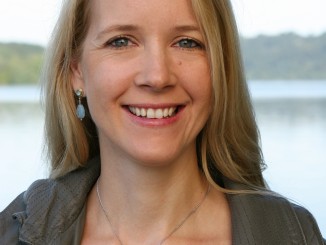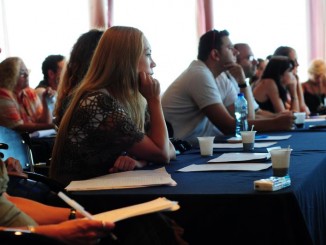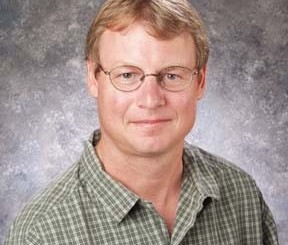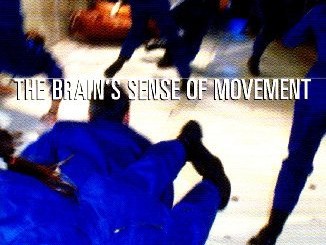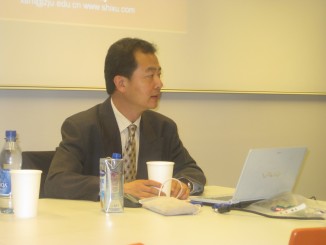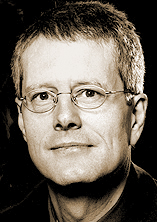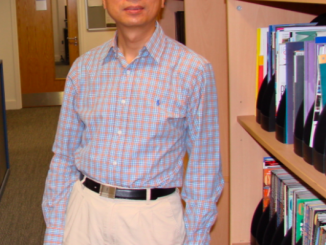Semiotics has to do with texts, that is, with the inscription, transformation and interpretation of organized sets of signs. In this contribution I shall contend that the genealogy of lexicography represents an ideal standpoint to address a central issue for semiotics, namely, how the manipulation of signs and meanings may determine the shaping of cultural objects. I shall begin by introducing the revolution that lexicography undertook during the nineteen century, discussing why this process required the availability of a specific set of concepts, as the one of “meaning” as something mutable and historical, and then how it led up to the emergence of new techniques of the self, to the coming into being of a new kind of people (the professional lexicographer) and to the introduction of new practices of sign-observation and inscription. I shall then consider how the lexicographer, being entitled to select certain definitions instead of others, acquired the power to fix the meaning of terms involving moral and religious content (“marriage”, “conversion”, etc.), to influence scientific and philosophical dispute (defining key-concepts as “continuity”, “belief”, “soul”, “ether”, etc.) and to impact the culture of distant populations by exporting new signs into their language (as the word “God”). Finally, I shall confront the historical development of lexicography with the project of the dictionary of Newspeak that George Orwell described in 1984. […]
